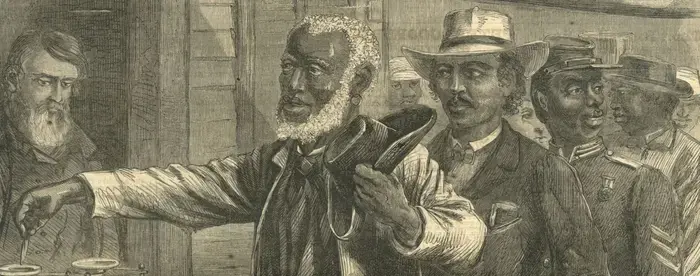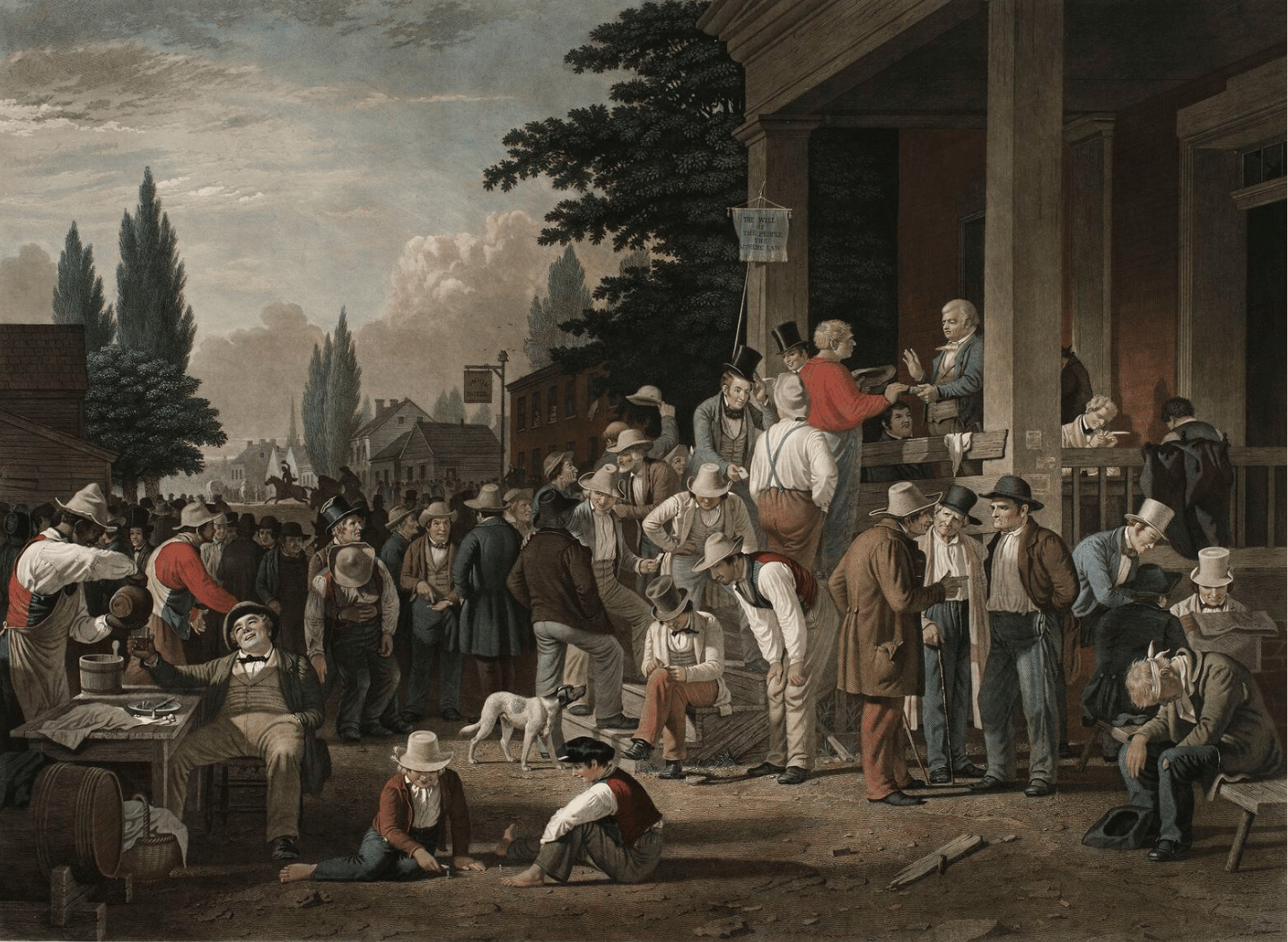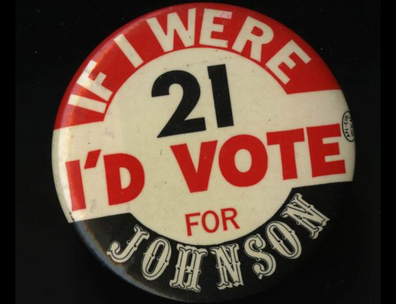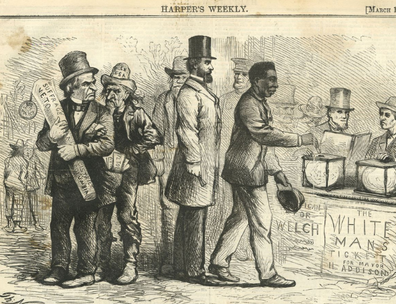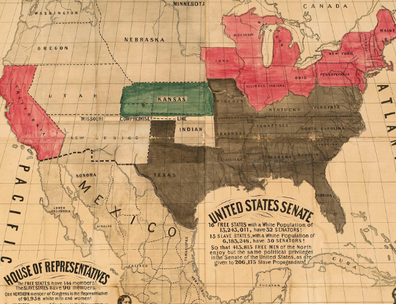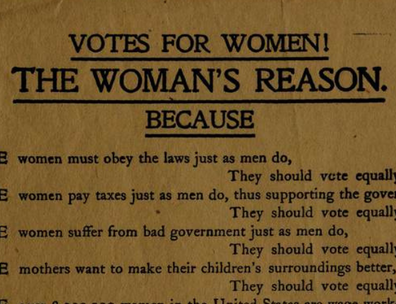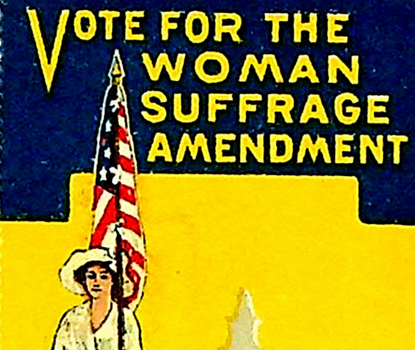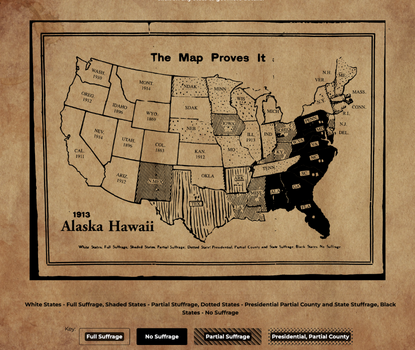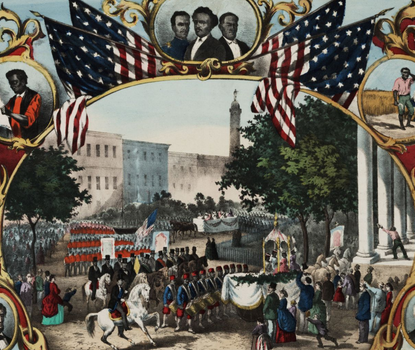Teaching Civics through History
In this unit, students will develop knowledgeable and well-reasoned points of view on the history of voting rights in the United States.
Image Source: “The First Vote” in Harper’s Weekly, November 16, 1867 (The Gilder Lehrman Institute of American History, GLC01733.09, p721)
